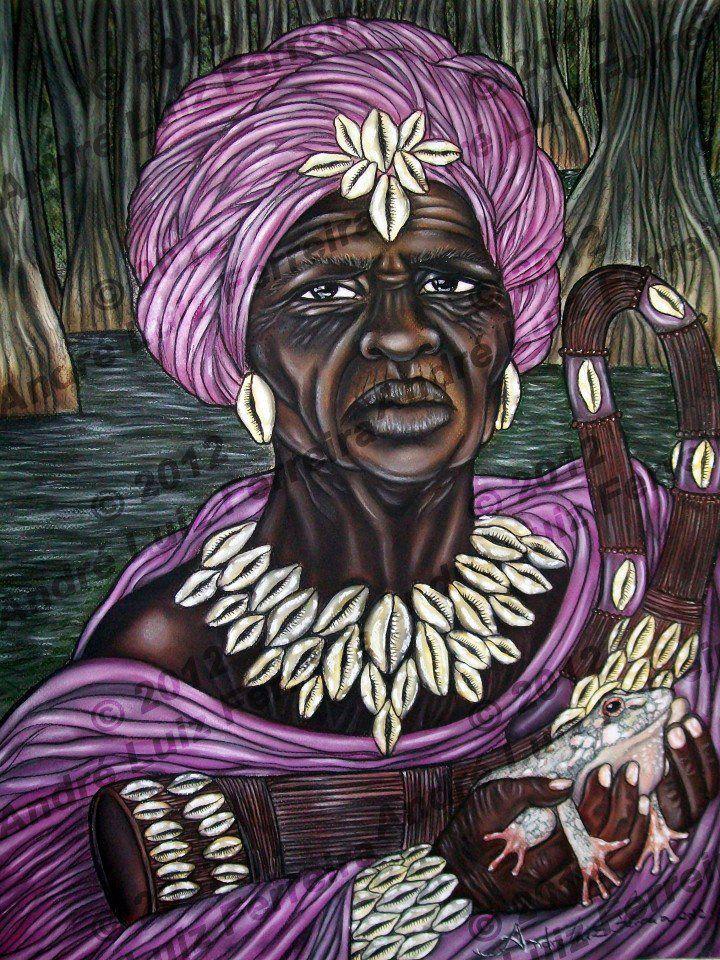The traditional beliefs of African people are very diverse. They range from religions to cultural beliefs. However, there are also common characteristics. One of these characteristics is the idea of a god or goddess. These are called "Orishas" in Yoruba and Zulu, and "Twins" in Himba.
Yoruba
The Yoruba are an ethnic group in Africa. They share a common language and culture. They also have a mythology that focuses on their deities. They believe that there is a Supreme Being. This mythology is centered on Orishas, who are sent by the Supreme Being.
Some of these Orishas are male and female. They have great power. They are able to control lightning and thunder. They also have mysterious powers. These include ogun buburu, ogun ika, oso, and isegun. These powers are used for mischief.
One of the oldest of all Orishas is Orisa-NLA. He was commissioned by God to create the earth. He also is considered to be the father of human bodies. He is the African mythology patron of the Ogun river. His main duties are to protect people and women. He is also responsible for curing infertility in women.
Zulu
Zulu in African mythology is a vast system of beliefs. Among the many deities, Unkulunkulu is the primary creator god. He is also referred to as the ultimate source of all existence.
During the time of colonialism, a lot of Zulu converted to Christianity. These people still remember their ancestral beliefs, though they have been mixed with Christian beliefs.
There is an ancient myth that tells the story of the creation of the world. This myth is often conflated with the sky god Umvelinqangi. But the two are separate and differ in their understanding of God.
According to this myth, the first life on earth came from the reeds. Unkulunkulu, the main creator god, broke off from a reed and created a world. It was in this world that he began to grow. As he grew, he picked out people from the reeds. He also provided them with fire for food preparation.
Himba
The Himba are a small, semi-nomadic African tribe who live in the northern Kaokoveld region of Namibia and Botswana. They belong to the Bantu ethnic group.
The Himba people have been a major cultural resistance to western influence in Africa. They live in a harsh desert climate and maintain their traditional ways of life. They were once a part of the Herero tribe, but split in the mid-19th century.
The Himba's traditional clothing is made from animal skin. Their footwear is made from old car tires. The Himba also practice polygamy, and men are allowed to marry more than one wife.
Women play a huge role in Himba culture. Women are responsible for most of the daily tasks. They prepare most of the meals. They carry water barrels and fire wood. They also perform intensive labor.
Great Lakes region
The African Great Lakes are among the most important freshwater ecosystems in the world. They provide water for agriculture, industry, and recreation. They also form the backbone of the livelihoods of over 50 million people in ten countries. However, these pristine waters are threatened by invasive species, pollution, and climate change.
The Great Lakes of Africa are a complex socio-economic system. They support a wide range of activities including fishing, tourism, manufacturing, and recreation. Aside from being home to one of the world's greatest biodiversity hotspots, they also play a major role in global food security. The region supports a robust fisheries industry, contributing millions of pounds of fish to local diets each year.
Orishas
Orishas are divine beings who help humans reach self-actualization. These spiritual beings play an important role in several African diaspora religions. They are believed to be messengers of the ancestors. They also protect the human race. They are categorized as either male or female, depending on their rank.
Orishas were originally a part of the spirit world. However, they began to incarnate into earthly human-like beings. These Orishas ruled over various aspects of nature. They are sometimes mischievous and wrathful. They also interfere with the lives of other people.
Orishas are said to be sent by the supreme creator, Olodumare. Initially, each orisha received a sphere of influence. The Orishas rebelled against Olodumare. The Orishas thought that he was too old to rule the world. Hence, they decided to scare him to death.
Twins
Twins are a significant part of African mythology. Until recently they were considered non-human entities. However, interest in them has grown. Many writers have studied their history and behavior. They are credited with playing a significant role in West African cultures during the Iron Age.
In addition to their mystic significance, twins also have practical significance. They are said to influence fertility in the production of crops. They are also important for predicting epidemics. Their presence in battles is said to guarantee success. They are also said to bring misfortune to communities.
In West Africa, the most interesting of all the observances concerning twins is their use in the creation myths of certain indigenous people. One story explains the creation of a god whose only sin was to conceive in pairs.
